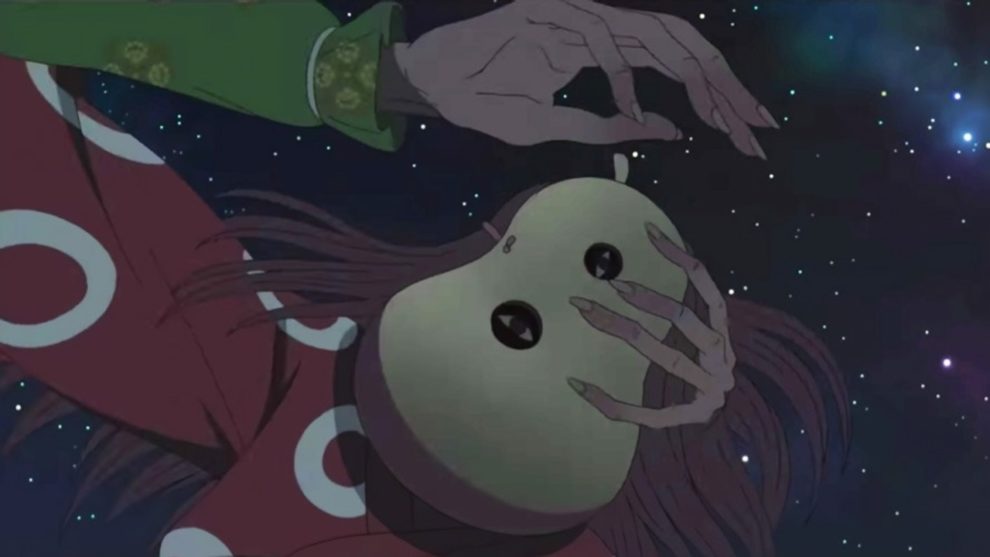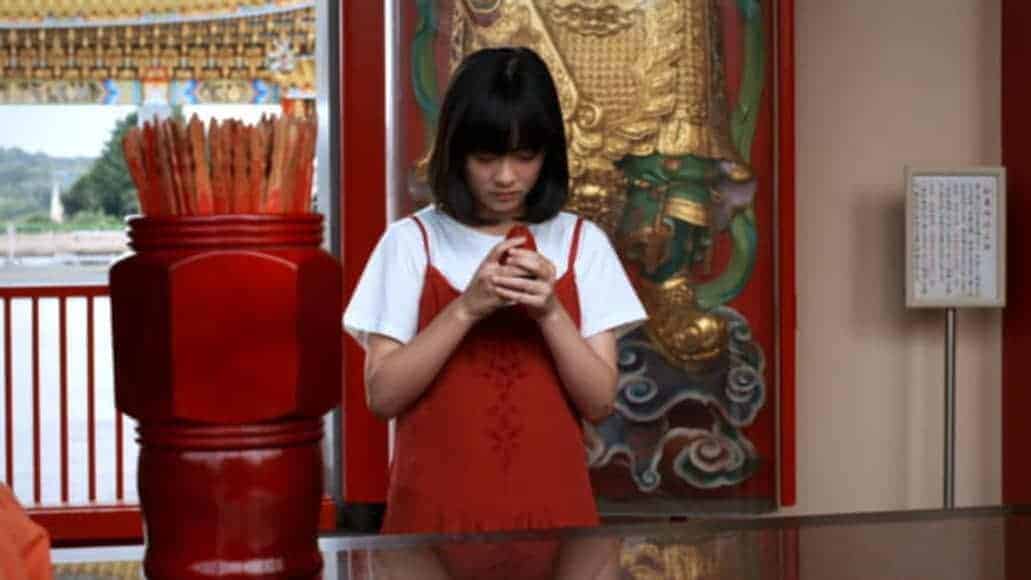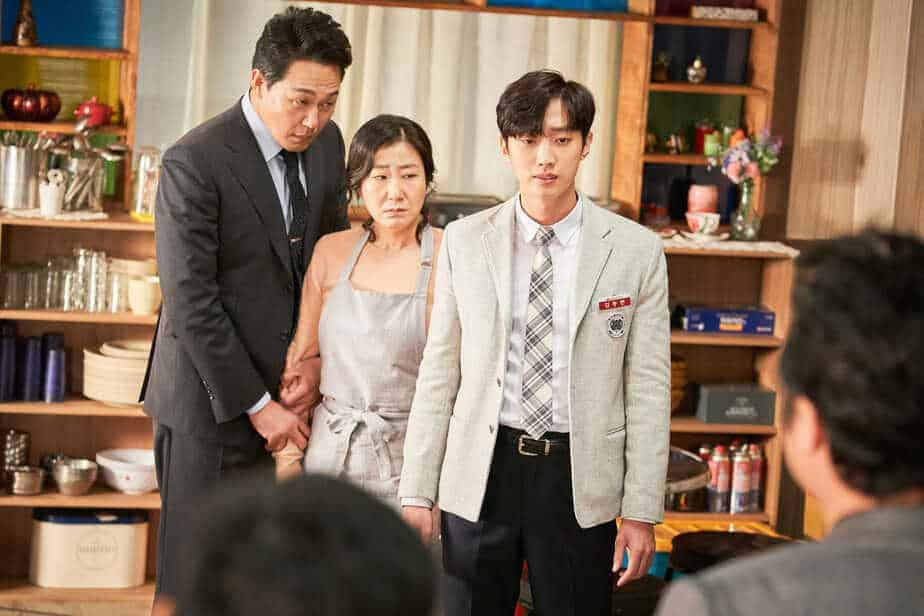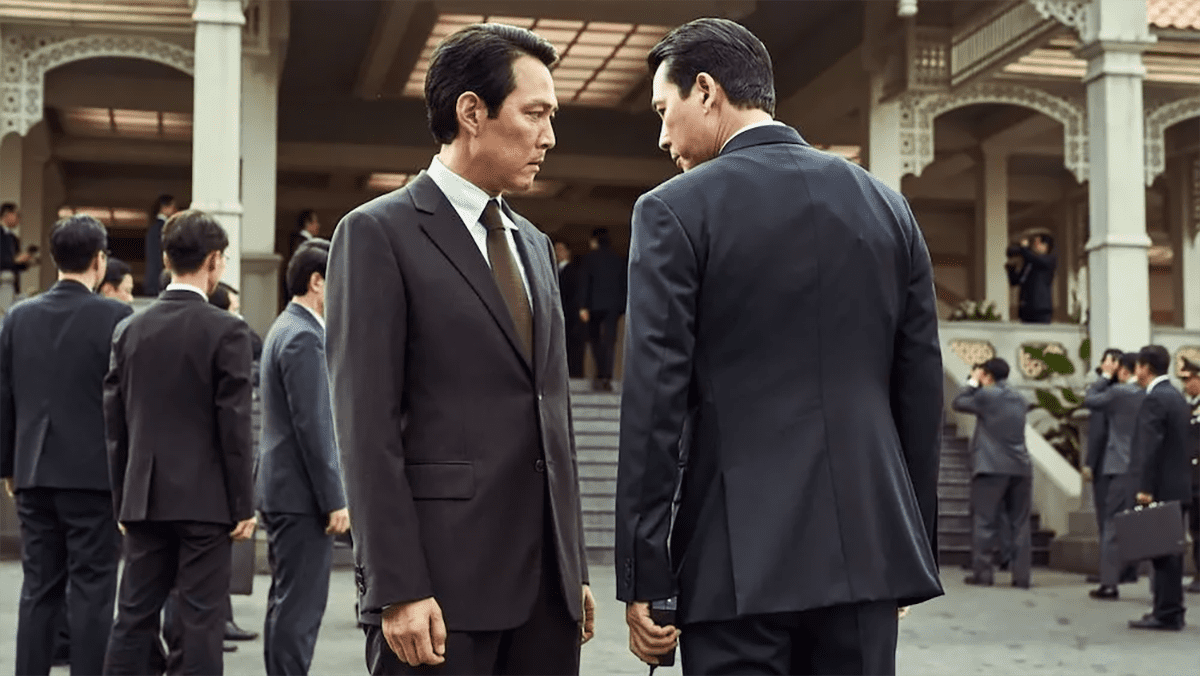Masaaki Yuasa‘s “Inu-Oh” is an original take on the life of the 14th century titular Japanese Noh dance performer who was extremely popular back in time, but whose legacy was unfortunately lost. Based on the graphic novel “Tales of the Heike: INU-OH” by Hideo Furukawa published in 2016, the story of Yuasa's animated musical unfolds against the backdrop of complicated political events, while at the same time embracing fantastic elements and Japanese mythology.
Inu-Oh screened at Udine Far East Film Festival

Although he rose to a Noh legend during his lifetime, all Inu-Oh's songs were forgotten during the centuries that followed. In the graphic novel and the film alike, the performer was born with terrible deformities which slowly disappear through his connection with music, and even more through the friendship with a young biwa player Tomona (Mirai Moriyama), a musician blinded as a boy by the light of a mythical sword his father was assigned to fish up from the depths of the sea by the emissaries of the Shogun of the Northern Court. According to the legend, only the emperor in possession of three sacred Heike treasures sunken during the battle of Dan-No-Ura (1185) can be the country's true ruler, and no price is high for the regent in his quest for them.
The focus is in the beginning largely on Tomona and his search for the secret Heike villages in which he hopes to find the truth behind his father's death. When he runs into Inu-Oh (Avu-Chan, aka Queen Bee), he is unaware of the boy's look, and they both find an immediate connection through their love for music. It's a bond between two outcasts who can't find their place in the society, but know how to express the pain and longing for love through performance.
Tomona is already a skilled musician thought the art of biwa playing by the monks who raised him after he was orphaned. The order is keeping Heike stories alive much to the dislike of the ruling Shogun, but their tradition is being tolerated up to Tomona and Inu-Oh's rise to fame when they attract too much attention with their catchy, energized performances.
When their tour begins, the films takes the form of an offbeat rock opera, powered by the magnificent voice of the transgender Japanese rock star Avu-chan. The original score composed by Yoshihide Otomo, who was among other, behind the music of Tian Zhuangzhuang “Blue KIte” (1993) and Philippe Garrel's “Les Hautes Solitudes” (2002) is very much different to anything that could have been possibly played in the 14th century Japan. This is the soundtrack that you would either want to buy or wish you had the band performing live in the city you live in. Biwas turn into electric guitars accompanying the songs about Inu-Oh's life, long shadows make for the special effects, and while there is occasionally someone fainting and being carried out from ‘the venue', there are concert-typical singalongs and people dancing to the tune of the music.
“Inu-oh” is Masaaki Yuasa's most demanding film so far, as it involves a lot of details surrounding the power games of the time it is set in, and a rather unusual combination or old and new. The animation is rich in detail, switching from wash-out dusty palette (usually related to the political talk and plotting) and bright colors that accentuate the beauty of exteriors and quaint landscapes.
The film had its world premiere at Venice Film Festival in the Orizzonti program section, and has been recently screened at Far East Film Festival in Udine, where we re-watched it.
















